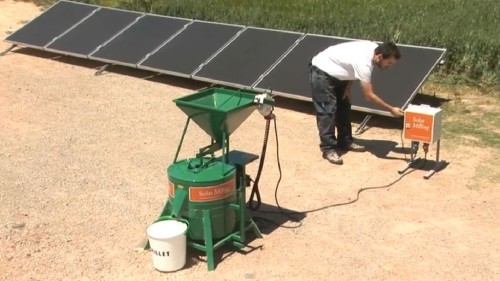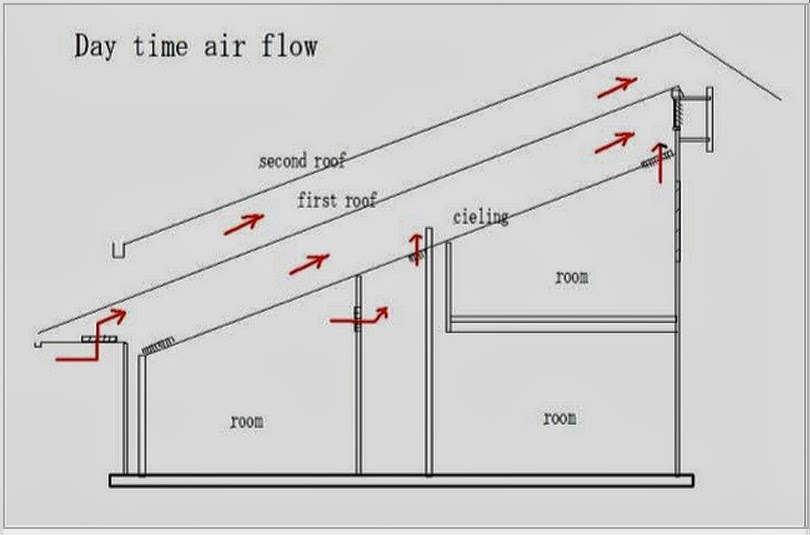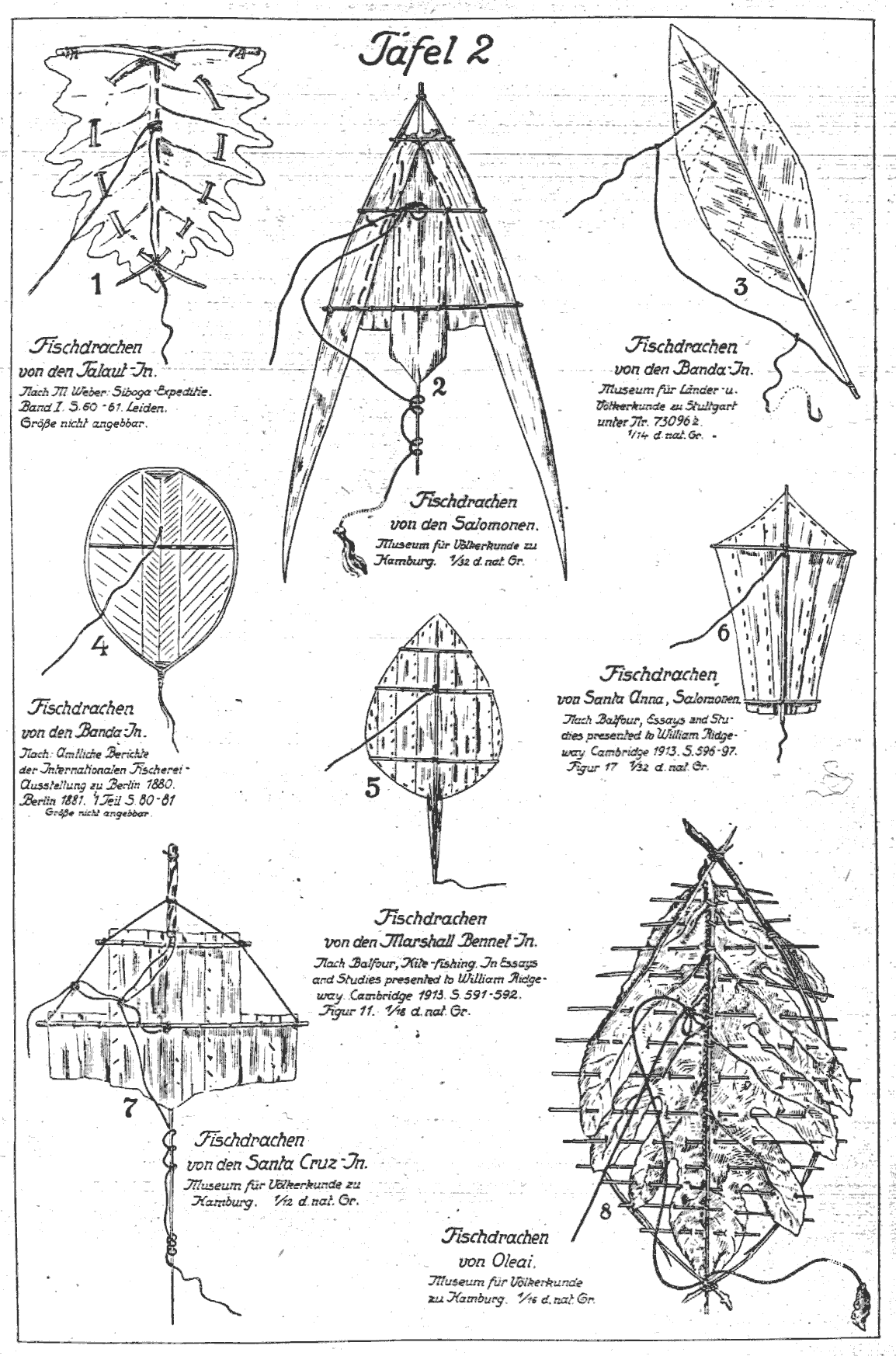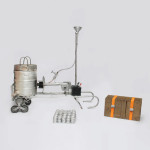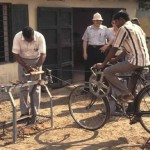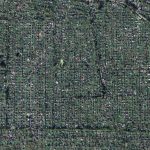The SunSaluter is an ultra low-cost, passive, single-axis solar panel rotator (called a tracker) designed for the developing world. Using only the power of gravity and water, the SunSaluter enables a solar panel to follow the sun throughout the day, boosting efficiency by 30% and producing four liters of clean drinking water.
It is 30 times less expensive than conventional motorized solar panel rotators (which use complex electronics), much more reliable, and consumes no electricity itself. With improved efficiency, fewer solar panels are needed, and the overall cost per watt of solar energy is reduced.
The SunSaluter features an adjustable design which allows it to integrate with any solar panel – no special tools needed. The solar panels are mounted on the rotating frame, a weight is suspended from one end, and a special waterclock is suspended from the other. As the water empties and the container gets lighter, the panel slowly rotates. The user can set the rate at which the waterclock empties, which controls the SunSaluter’s rate of rotation.
The SunSaluter also contains a water purifier so that each day it produces four liters of clean drinking water. By combining energy and water collection into one simple device, the SunSaluter improves consistent usage of the purifier, which is the Achilles heel of clean water programs. SunSaluters are available for purchase anywhere in the world as a DIY-kit, or in India as prefabricated systems.
More information: SunSaluter. Via Makeshift, who made a video about the technology.
